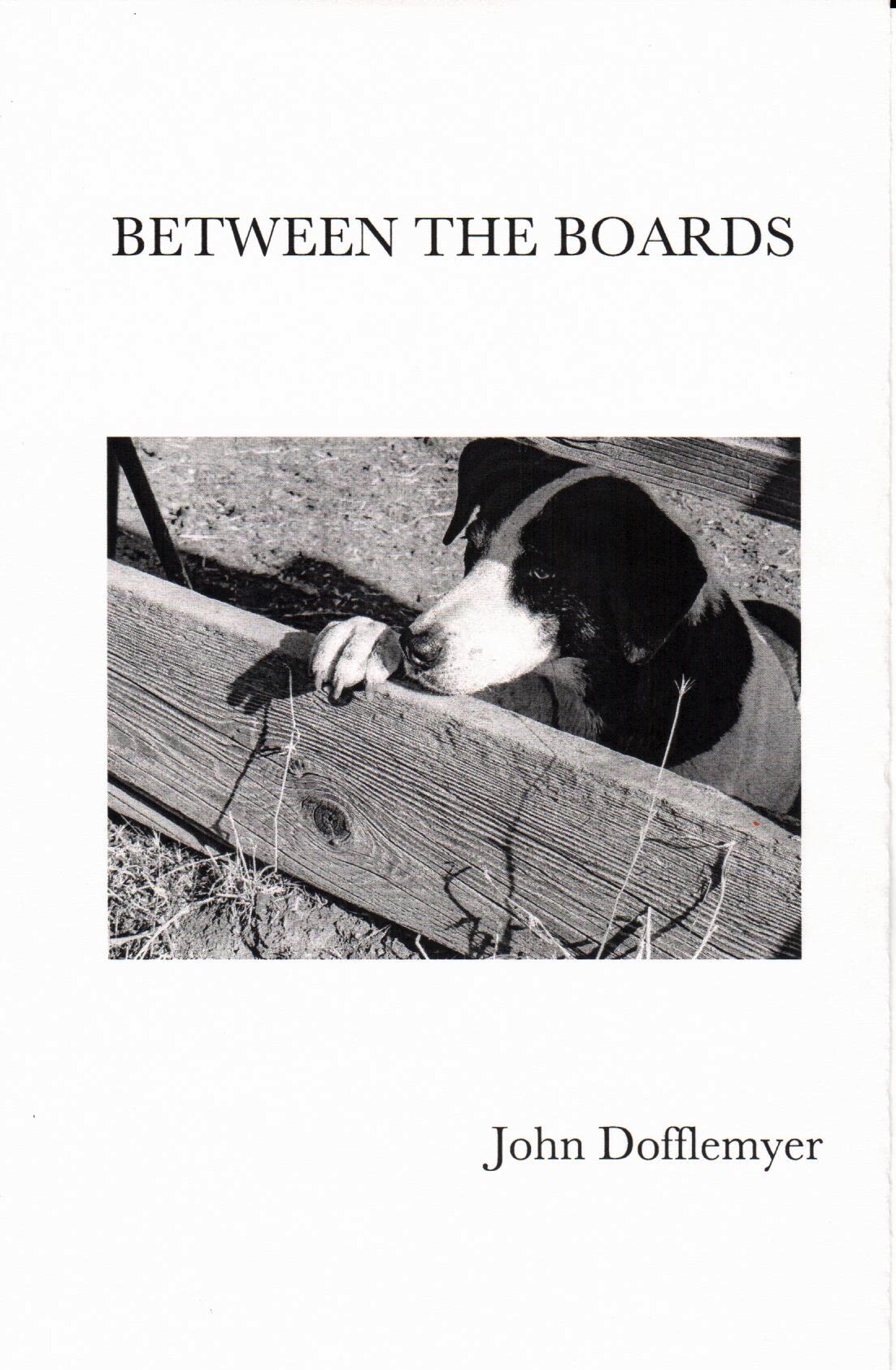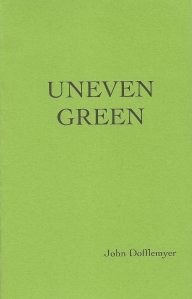After the recent wildfires in 2017 and 2018, PG&E, the utility company that has been found responsible for 17 of the blazes and facing liability for as much as $30 billion is likely to file Chapter 11. Since 2017, Southern California Edison, SCE, one of the other California electrical utility companies, has been extremely busy replacing poles, transformers and placing spacers between their high voltage transmission lines so as not to spark a fire during high wind conditions. Furthermore, SCE has placed a weather station on Dry Creek to report temperature, humidity and wind conditions. Though it seems unclear what the guidelines are if these conditions prove too risky, SCE has the power (no pun intended) to shut the transmission lines down.
Our practice over the years has been to blade a two-mile firebreak between our dry feed, barns and houses and Dry Creek Road. Most arson fires are ignited from the road and the SCE transmission lines that serve our pumps and houses follow the same road. Also, our barns and houses are inspected annually by Calfire prior to each fire season. About half of the fire incidents over the past 50 years have been subdued or contained by our ranching neighbors, but without electricity we are unable to pump water, hence our effectiveness to fight fire would be substantially reduced.
My neighbor a mile up the road just had the insurance policy on his house canceled because he lives in a ‘high-risk’ fire area based of a draft of the new maps that have painted about half of the State of California in red. Rumors that insurance companies are using the fire maps to cancel homeowners’ insurance taste a little like a conspiracy when other insurance companies assume the risk with increased premiums of 200-300%—all of this, it’s assumed, to partially offset their losses and legal costs of the 2018 fire season in Northern California. More to come, I’m sure.
Add to the wildfire risk recent California legislation, AB 711, a total ban on hunting with lead ammunition that went into effect on July 1, 2019. Recent tests indicate that copper jacketed lead core bullets have the lowest probability of igniting fires (almost nil). Bullet substitutes like solid copper, steel core and steel jacked, lead core and steel jacketed and steel core copper jacketed have a much higher probability of starting fires. The stage is now set for hunting season.
















Well said John!!
LikeLike
Thanks, Les. It’s been churning a while. Can’t keep my mouth shut.
LikeLike